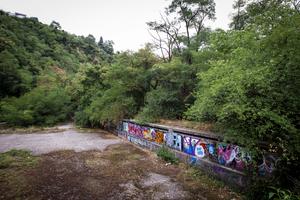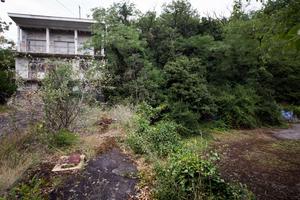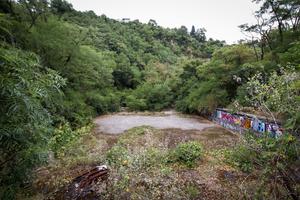The premises of the former chemical factory Istrochem, an unused train station in the city centre, a villa of the factory director with the remains of a historical park, as well as an open-air swimming pool under Bratislava Castle, which has never served its purpose. All these are brownfields, waiting for their rebirth, either to serve their original purpose or a new one. To help this process, the Bratislava city council is working on an urban study called Brownfields in Bratislava. One part is a register of brownfields in the Slovak capital.
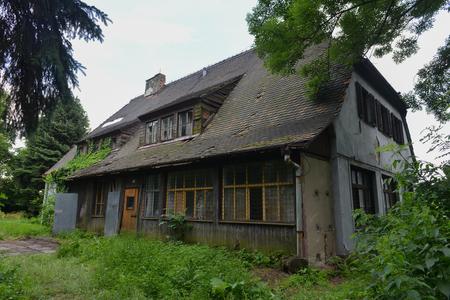
“There is pressure not to take the further extension of Bratislava’s arable land in its vicinity, but fill in brownfields, i.e. neglected and unused areas,” said Magda Ďurdíková from the urban development department at the Bratislava city council, when presenting the draft of the document to the general public on February 11. “This study should help this process.”
What is a brownfield?
Brownfield, based on the criteria used in the study, is an area at least 0.5 hectares in size, with remains of a construction or infrastructure and that has been abandoned for two or more years. Experts from the urban development department have identified 132 brownfields from the total acreage of 631 hectares in Bratislava. This means that brownfields account for the acreage of one city borough, for example Lamač.
“Brownfields mean a problem for the city,” said Ďurdíková, adding as these premises are often burdened with problems and an old negative heritage, it is not easy to bring them back to life while even Slovak legislation does not recognise them at all.


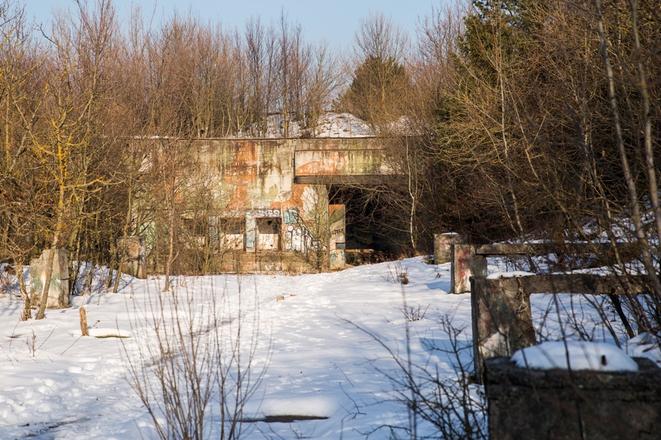 The former military area on Devínska Kobyla (source: TASR)
The former military area on Devínska Kobyla (source: TASR)
